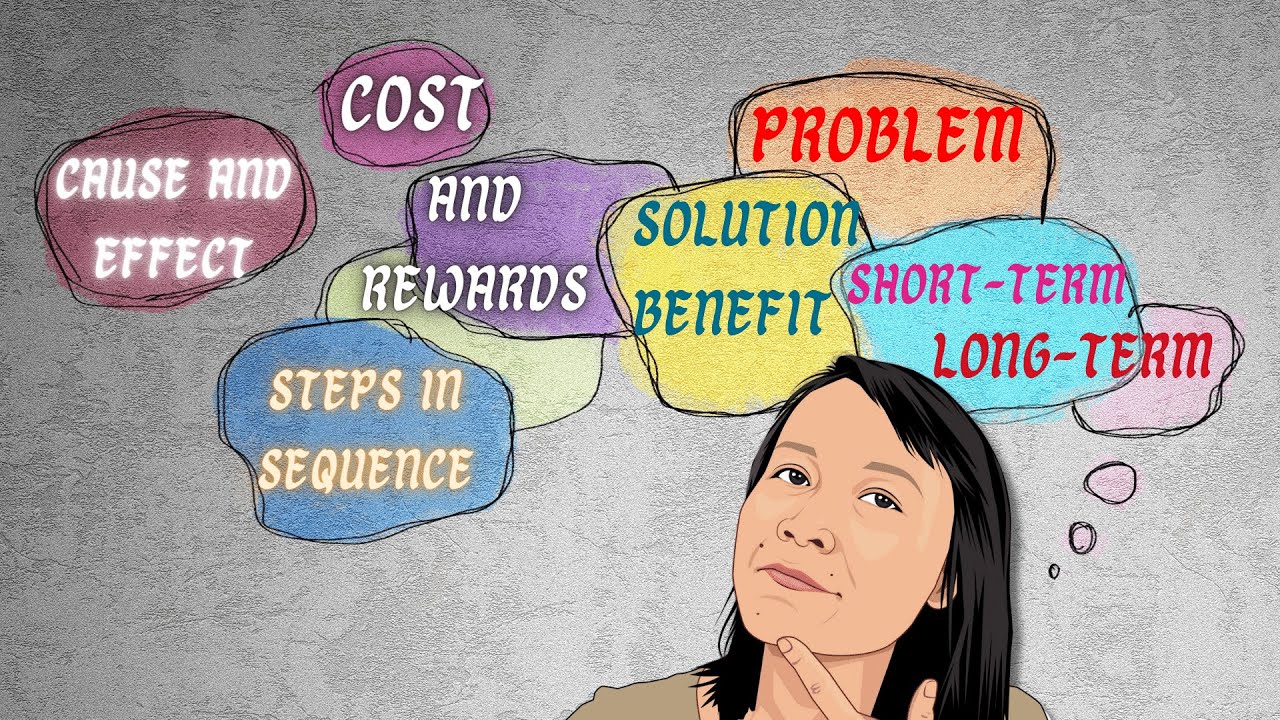In the workplace, passiveness can be a significant barrier to effective communication and teamwork. It occurs when employees hold back their true thoughts or refrain from communicating, often to avoid conflicts. Recognizing and addressing this behavior is key to fostering a more open and productive work environment. The solution lies in understanding why you’re passive and then consciously choosing to act differently. Take a moment to think things through and speak up confidently when you have something to contribute. Remember, in a professional setting, we have control over our actions and responses.
Here are the 7 forms of passiveness at work:
- Non-Response: Not replying to a work email or request, usually due to reluctance to say no or uncertainty about the response. Example: Terri emails asking for help on a project, but I don’t respond because I’m unsure I can help.
- Withholding Opinions: Avoiding sharing your disagreement or differing viewpoint to prevent conflict. Example: I don’t provide feedback on Jason’s subpar work, fearing it might cause tension.
- Deflection (The “Yes-No”): Evading a direct answer to a request or opinion you disagree with to avoid disappointing others. Example: Shani asks if I’d like to collaborate on a project, and I respond with vague praise instead of a clear yes or no.
- Indecisiveness: Hesitating to make decisions due to fear of consequences or the desire to please everyone. Example: Corinne asks me to select a vendor, but I delay my decision, claiming I need more time.
- Lying or Misleading: Offering insincere agreements or half-truths to sidestep conflicts. Example: I agree to collaborate with Alan, though I have no intention of following through.
- Talking Behind Someone’s Back: Discussing issues about a colleague with others instead of addressing the person directly. Example: I vent to colleagues about Chris’s annoying actions rather than confronting Chris.
- Ghosting: Abruptly ceasing communication with a colleague after prior interactions. Example: I stop responding to Kim’s messages about a project we discussed working on together.
To overcome passiveness in the workplace, employ the ET/AT solution: Compare the Emotional Time (ET) you spend worrying about a situation with the Action Time (AT) it would take to address it directly. If your ET significantly outweighs your AT, it’s a clear indicator that taking direct action is a more effective approach. This method helps in identifying when passive behavior is dominating and prompts a shift towards more assertive and proactive communication.








Leave a Reply